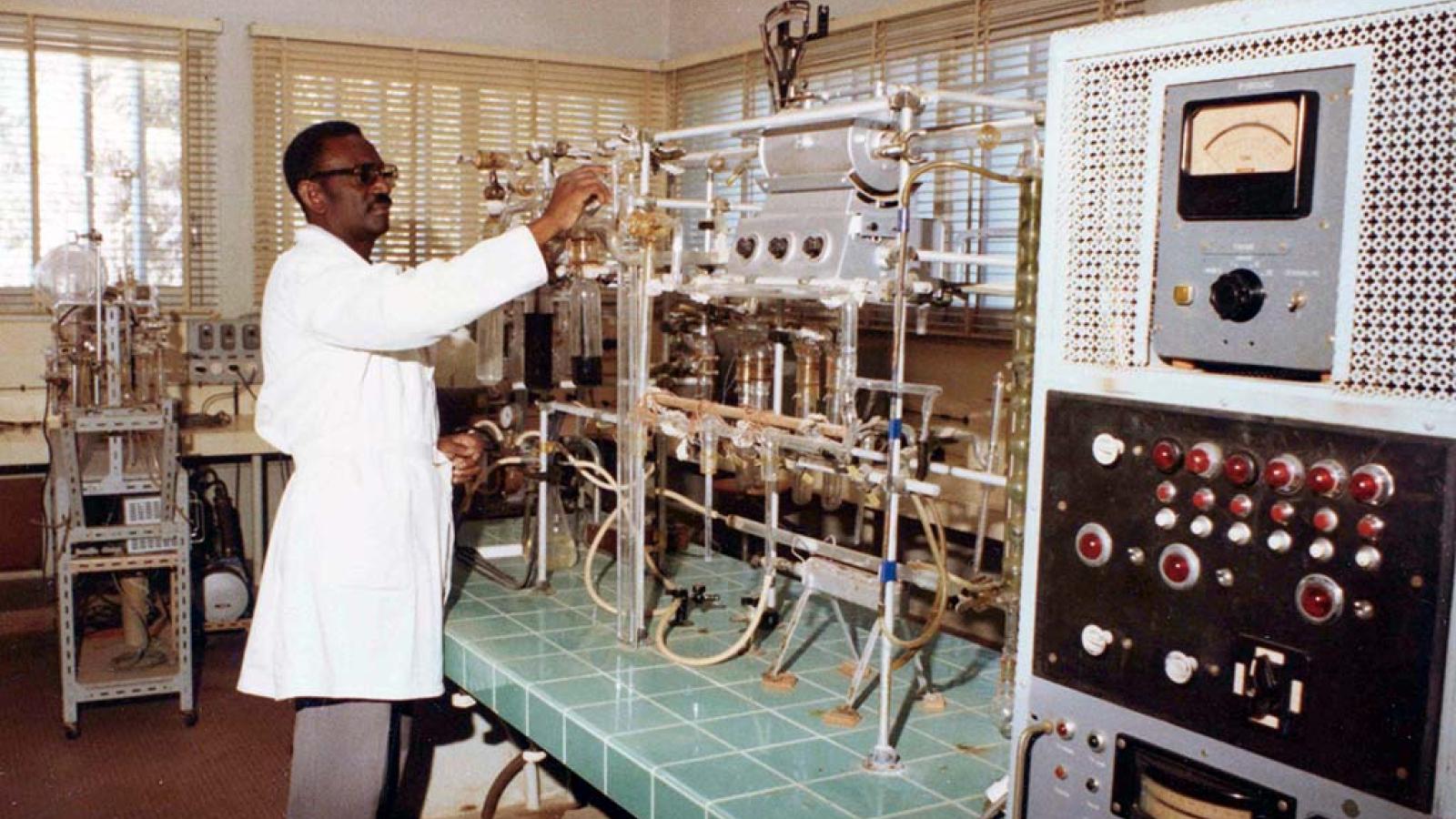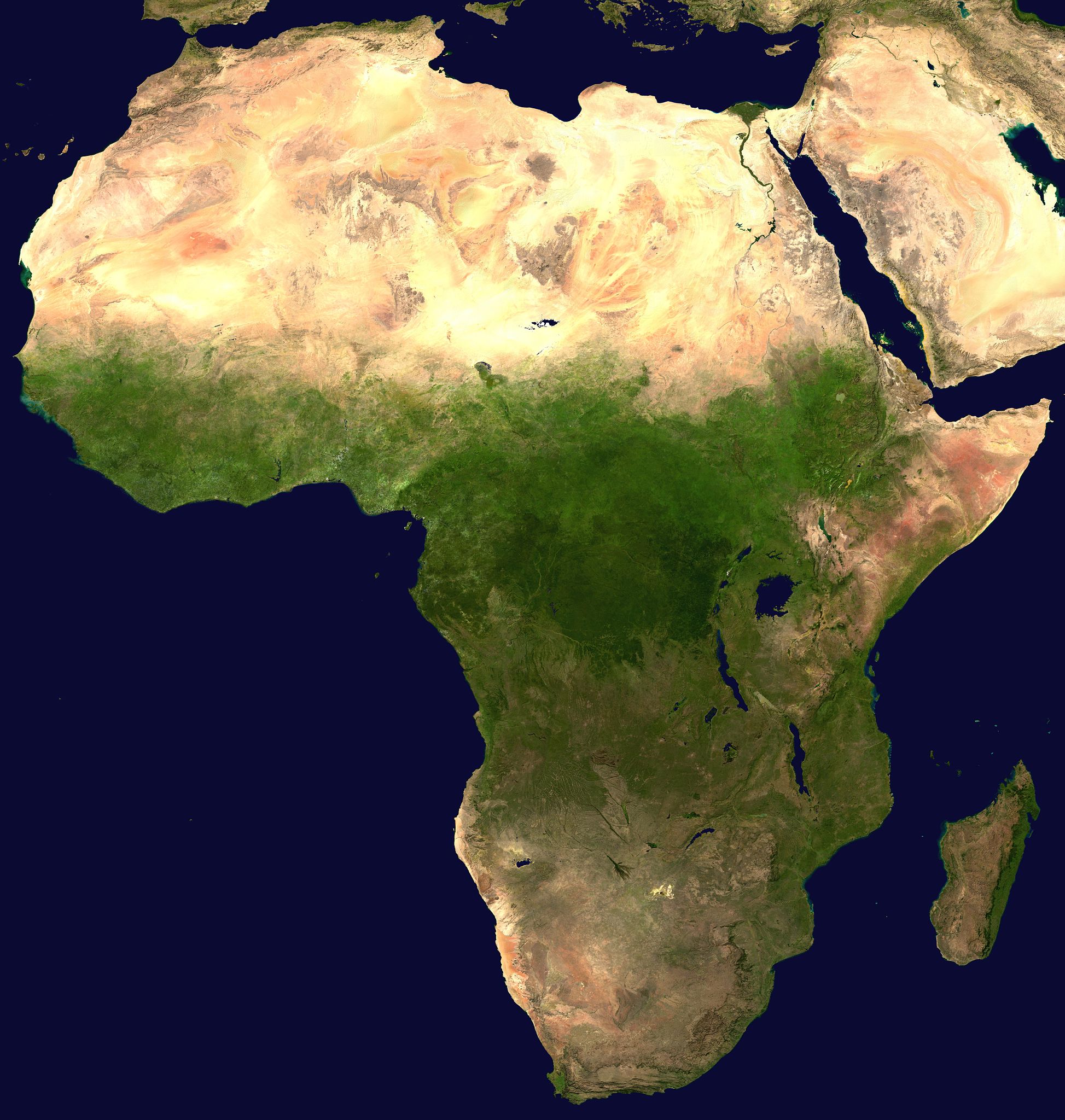Senghor and Cheikh Anta Diop: two giants of Senegal, two visions for Africa. Between cultural hybridity and historical rehabilitation, who paved the best path for the continent’s future?
The roots of an intellectual duel

The 20th century was a time of great fractures, upheavals, and deep questions of identity for the African continent. Colonization had imposed silence on African narratives, and decolonization promised to give voice back to those erased from history. Two Senegalese figures, both of extraordinary intellect, would propose two opposing trajectories for Africa’s future. Léopold Sédar Senghor and Cheikh Anta Diop, two sons of the same land, would engage in a philosophical, political, and cultural battle whose echoes still resound today.
On one side, Léopold Sédar Senghor (1906–2001), the poet-president, the first Black person to pass France’s agrégation in grammar, a champion of négritude and cultural hybridity. His approach was one of open humanism—an Africa that should blossom through dialogue with the West, without abrupt rupture. On the other, Cheikh Anta Diop (1923–1986), historian, physicist, and pan-African thinker, who saw history and science as irrefutable evidence of Africa’s centrality in human civilization. His struggle was one of historical rehabilitation, of overturning Eurocentric dogmas, and calling for the continent’s radical autonomy.
Their names haunt the pages of history books because their confrontation was not merely an intellectual quarrel. It was a duel for the soul of Africa.
Senghor and négritude: an open Africa, a universal humanism

Léopold Sédar Senghor was a man of letters before he was a statesman. Educated in France, he was part of the intellectual circle that developed the concept of négritude, alongside Aimé Césaire and Léon-Gontran Damas. But where Césaire saw négritude as a cry of revolt, Senghor envisioned it as a bridge between Africa and the West.
For him, Black culture was not in opposition to Western civilization: it should bring its own uniqueness, its sensitivity, its “intuitive reason” as opposed to the Europeans’ “discursive reason.” In both his poetry and political speeches, Senghor preached a dialogue between civilizations—an intellectual and cultural blending that could give rise to a universal humanism.
When he became the first president of Senegal in 1960, Senghor implemented this philosophy by maintaining close ties with France, going against the tide of the radical pan-Africanist currents of the time. For him, independence did not mean rupture, but a measured transition, where Africa could learn from and draw inspiration from Western institutions.
This approach earned him admiration from French intellectual circles but also harsh criticism from an African youth yearning to break with the colonial legacy.
Cheikh Anta Diop: history as a weapon of liberation

(Photo from the film Kemtiyu Séex Anta – Cheikh Anta ©Diop Family, photo by Jake Scott)
In contrast to this approach, Cheikh Anta Diop adopted a diametrically opposed stance. He didn’t want to negotiate African identity with the West—he wanted to impose it through scientific and historical proof.
In 1954, he published The African Origin of Civilization: Myth or Reality (Nations nègres et culture), a foundational work that overturned dominant historical paradigms. His radical thesis: the ancient Egyptians were Black, and pharaonic civilization was African. Though this may seem uncontroversial today, at the time it posed a monumental challenge to Western historians whose theories rested on a white or Semitic portrayal of Ancient Egypt.
But Diop didn’t stop at history. He was also a physicist and a linguist. Through his research, he established connections between African languages and Ancient Egyptian, and advocated for a linguistic unification of the continent based on African languages.
His political engagement reflected his theories—uncompromising. A fierce opponent of Senghor, he called for complete independence, economic and political rupture with France, and a cultural renaissance rooted in an affirmed Black identity.
For many years, French academic circles refused to acknowledge his work, and his requests to teach at the University of Dakar were systematically blocked—under the influence of Senghor himself.
But in 1974, during a UNESCO conference in Cairo, Diop finally gained international recognition. Facing off against European and African Egyptologists, he scientifically demonstrated the Blackness of the pharaohs. This symbolic victory marked a turning point: he became an essential reference in intellectual pan-Africanism.
Two visions, one common goal: african dignity

– UNESCO
Though Senghor and Diop were bitter opponents, they shared the same objective: restoring African dignity. But their methods were fundamentally different.
Senghor believed in an Africa built through peaceful exchange with the West.
Diop saw history and science as the means to enforce a radical rehabilitation of Africa, with no compromise with former colonial powers.
Their legacies in Africa reflect this divide. Diop has become a symbol of resistance, celebrated by pan-African movements and Afro-descendant intellectuals around the world. Today, Senegal’s most prestigious university bears his name.
Senghor, meanwhile, remains a model for those who believe in cultural dialogue. His entry into the Académie Française in 1983, though criticized, symbolizes his vision of an Africa integrated into universalism.
The verdict of history

Even today, the question remains open: which path would have been best for Africa?
In a post-colonial Africa still striving for economic emancipation, the model advocated by Cheikh Anta Diop resonates powerfully. Debates on the restitution of African artworks, calls for economic autonomy from Western institutions, and the rehabilitation of African historical figures all fall directly in line with his thought.
Yet Senghor’s legacy remains alive, particularly in diplomatic and artistic circles, where his ideal of an Africa open to the world continues to inspire.
But perhaps the true answer is not in the duel itself, but in a synthesis of the two ideologies: an Africa that fully embraces its identity and history, while finding its rightful place in a globalized world.
Where Senghor built bridges, Diop rebuilt foundations. Today’s Africa may well need both.
Sources:
- Cheikh Anta Diop, Nations nègres et culture, Présence Africaine, 1954.
- Léopold Sédar Senghor, Liberté I – Négritude et Humanisme, Seuil, 1964.
- UNESCO, General History of Africa, vol. II, 1981.
- Théophile Obenga, Origine commune de l’égyptien ancien et des langues négro-africaines modernes, L’Harmattan, 1993.
- Sophie Bessis, L’Occident et les autres, La Découverte, 2001.
Table of Contents:
- The Roots of an Intellectual Duel
- Senghor and Négritude: An Open Africa, a Universal Humanism
- Cheikh Anta Diop: History as a Weapon of Liberation
- Two Visions, One Common Goal: African Dignity
- The Verdict of History
- Sources
